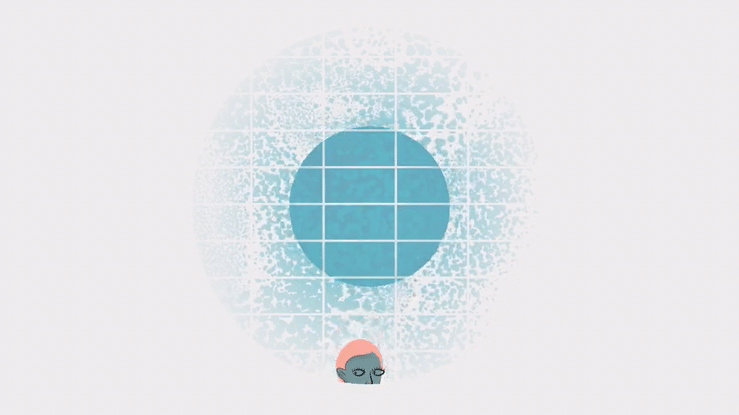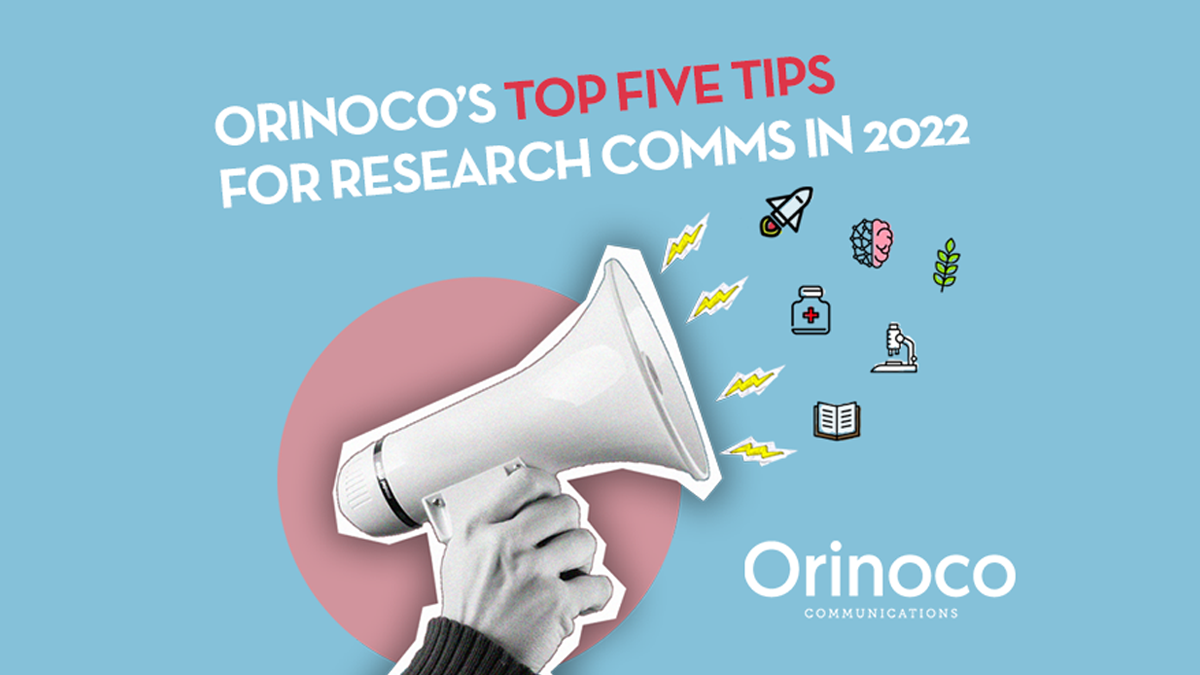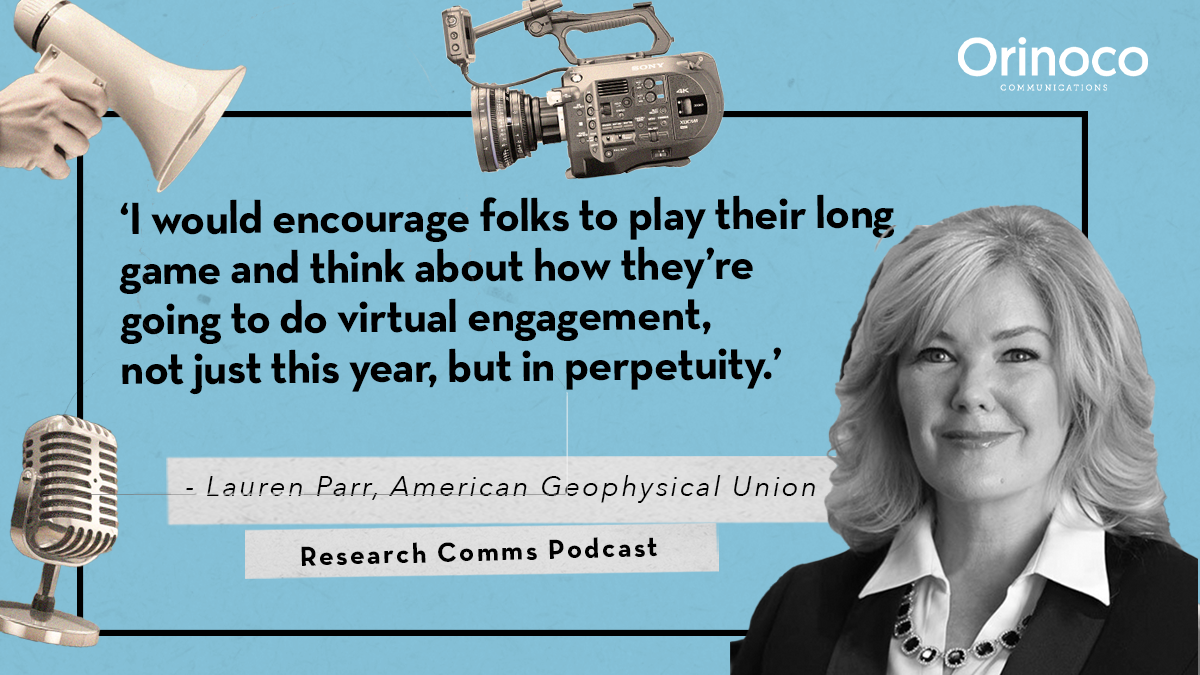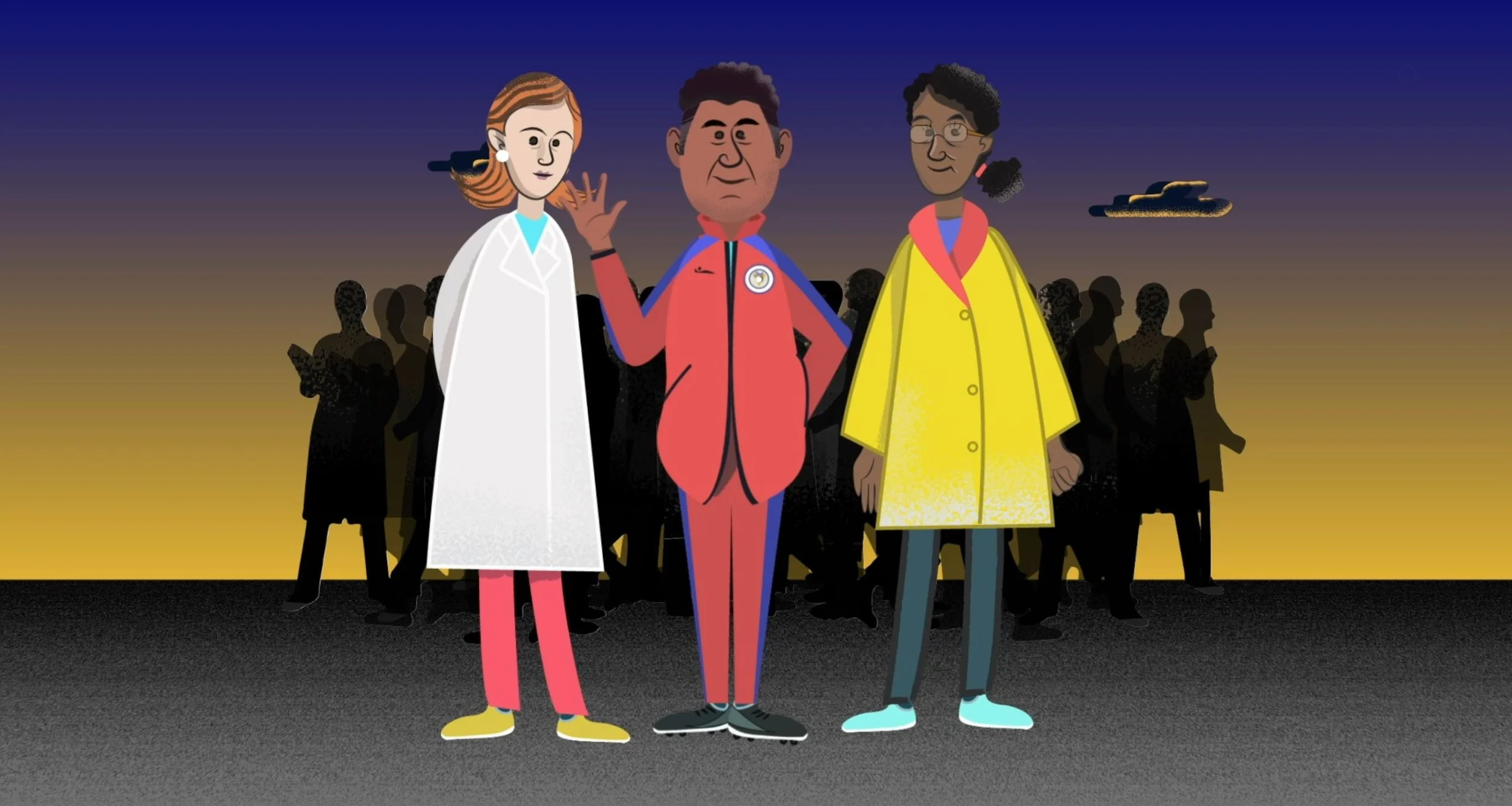How to communicate your research using animation
How to Transform Your Research Into an Engaging Animation: 7 Essential Tips to Get You Started
When it comes to communicating complex research, there’s no greater tool than animation. Animated videos give us the creative freedom to make even the most complex ideas accessible. But animation is a different beast to other forms of video content and to produce a successful animation on time and on budget, you need to know what you’re getting yourself in for.
So, for those of you considering the idea of commissioning or creating an animated film, we have created this 7 point check-list to help make the process as smooth and headache-free as possible.
Check out these other posts from our Research Comms blog for more ideas of how to boost your own research communications
1) DEFINE YOUR AUDIENCE
This is a point we make all the time but it’s so important it bears repeating: defining your audience from the outset is ESSENTIAL!
When organisations come to us looking for an animation they often say that they want to reach as many people as possible: from schoolchildren to senior citizens and everyone in between.
We get it. You’re spending a lot of money and time on producing the animation, so you don’t want to limit who it reaches.
The problem is, what works for one demographic won’t work for all. And by trying to appeal to everybody you run the risk of pleasing nobody.
You might feel like you’re sacrificing reach by limiting your audience but crafting an animation around a particular group’s likes and values will make it way more effective, increase its impact, and lead to far more shares.
2) ASK THEM WHAT THEY WANT
Well done! You’ve worked out who you want to reach.
But how do you know what they want to watch?
It seems simple, but the best way to do that is to ASK!
Whether you do it in-person, online, via email or on the phone, with half dozen people or one hundred, it doesn’t matter. The important thing is to identify a selection of people from your target audience and ask them some questions to get a better sense of what kind of animation will make them sit up and listen.
The easiest way to do it is to find a few animations with a range of styles and see how your group responds to them.
What do they think of the narration? Is it clear and engaging?
Would they like more detail, or less?
Does the style of the illustrations appeal?
How about the colours?
What about the music?
Taking the views of a handful of people might not give you statistically significant results but hearing their thoughts and how they react to the reference material is a productive way of sparking conversations and making you think in different ways about how to approach your own project.
3) DON'T LEAVE IT TO THE LAST MINUTE
There are no hard and fast rules about how long an animation takes to complete. There are so many factors that influence the process. And each project is different in its complexity.
But there are a number of steps that you have to go through for every animation, none of which should be rushed. These are:
Discovery and development
Script writing
Storyboarding
Design/Illustration
Animation
Sound Design
Dissemination
So, if you know you have an upcoming need for an animation, start thinking about it a few months in advance. Don’t wait until your research project is over and you’ve only got two weeks left to spend your dissemination budget (this happens more often than you’d think!)
And if you’re planning to work with an animator or production company do get in touch with them early to make sure they’ve got capacity to help you when the time comes.
At Orinoco Communications we can always turn things around fast if necessary but giving yourself ample time to create your animation will always result in a better product. And a more enjoyable production process!
4) GET THE SCRIPT TIGHT
When we think about our favourite animations the first thing that probably comes to mind are the visual elements. The colours, the characters, the movement. These are the things that excite us about animations and make them memorable.
But the visuals wouldn’t pack the punch that they do without a tightly crafted script. So, when we begin a new animation project, before we start sketching characters or painting backgrounds, we write.
The script writing phase is our opportunity to get to grips with the story and key messages. As we write, we ask ourselves a number of questions.
How can we convey complex ideas in a way that’s accessible and engaging? How will we carry viewers’ attention over the course of a few minutes? And, most importantly, what is the most important information to include?
The best animation scripts let the visuals do the talking. Show don’t tell. Overly wordy scripts feel dense and rushed, reducing audience engagement. So you have to be brutal. Cut. Prune. Edit. Over and over again, until you’re left with the bare essentials.
You should also make heavy use of a stopwatch during this phase.
If you’re aiming for an animation that’s two minutes long, you’ll need to do timed readings of the script until it’s down to the right length. And make sure when you do your readings to leave plenty of gaps to allow time for the animation to breathe.
You need to leave space for transitions from one scene to the next, character movement, and to give the viewers a chance to absorb information. So, you should read slower than you normally would to get a realistic idea of how long your animation will be.
5) GET APPROVAL BEFORE MOVING ON
This advice doesn’t only apply to the script, it’s vital for every other stage of the animation production process: the further you progress with an animation the harder it is to make changes.
That’s why you need to make sure that each phase is completed to everybody’s satisfaction before you move onto the next stage. Don’t wait until the animation is all but finished to share it with key stakeholders to get their thoughts. By that point it has become much more time-consuming and costly to make even simple changes.
It’s much better if everyone whose opinion matters is consulted at various points throughout the production process, to deal with any objections early on. It’s so much easier to change a few words on a script when all you have is the script.
Trying to do it once you’ve storyboarded, illustrated, animated and sound designed the scenes will likely mean late delivery and additional costs. And who wants that? Certainly not your boss who you waited until the last minute to show it to!
6) DON'T FORGET THE SOUND DESIGN
Films are 50 percent visual and 50 percent sound. Sometimes sound even overplays the visual.
—David Lynch
Animation is, first and foremost, a visual medium. But sound is what gives the best animations soul. At Orinoco Communications we prefer to work with sound designers to make sure that our animations are as pleasing to the ear as they are to the eye. But even if you don’t have that luxury, then at least you should allocate time towards the end of the project - once the visual elements have been signed off - to add a layer of sound to your animation.
You might want to add music, in which case there are dozens of royalty free music libraries available, with hundreds of thousands of tracks to suit every mood or subject. But you’ll also want to add sound effects to give your animation that extra layer of sensory richness. Again, there are a number of websites that host innumerable sound effects to accompany every pop, whoosh and thud that you could ever need.
7) CREATE A STRATEGY FOR DISSEMINATION
Often people get so consumed by the process of creating an animation that they neglect the all important final phase - making sure that people get to see it!
After all the hard work you'll want to make sure that as many people as possible from your target audience engage with the finished product. So, here are some quick tips on how to get plenty of the right eyes on your film.
YouTube
YouTube isn’t the most appropriate platform to host every animation. If your video is designed to give information to a small selection of people, such as a patient group, or if it contains sensitive information, then it might be better to keep it on your website or share it via an email newsletter.
But for most public-facing animations, YouTube is hard to beat. Especially if your animation is answering a question that hasn’t yet been addressed on there.
If you're hosting your video on YouTube you should make sure that your channel is ready and that you've taken steps to make sure your video is as visible and appealing as possible.
Create an attractive thumbnail, title it correctly and make the most of your keywords.
Social Media
It’s not much of a trade secret but social media platforms are one of the best places to share your animation once it’s published. You can upload video content natively to most platforms these days - Facebook, Twitter, LinkedIn and Instagram - but each one varies in terms of permitted length and what type of video performs best, so do check platform guidelines before you upload.
And don’t just stick your animation up once and expect the viewing figures to soar.
To give it the greatest chance of getting noticed you should think about posting about your animation multiple times over the course of a few weeks. If you’re worried about people getting bored of seeing the same thing over and over again, you can always chop the animation up into smaller bite-sized pieces and link to the main video elsewhere.
Get your institute in on the act
It’s always surprising to us how disconnected research groups often are from the communications departments of their own universities and institutes.
It’s in a university’s best interests to promote the amazing research that it funds and supports. And, chances are, they’re always going to be open to top quality digital content that they can use to populate their own social channels.
So it’s definitely worth sharing your animation with departmental and higher-level comms teams to see if they’d be willing to give it some airtime.
Who else might want to share it?
It's always worth thinking about who has a large, engaged online following who might also have an interest in sharing your animation. That could be influencers, politicians, journalists or high-profile organisations, such as charities and news publications.
Who has spoken publicly about the issues addressed in your animation? Any celebrities? Which specialist organisations campaign on that subject? Reach out to them, send them a link to your animation and ask if they would be willing to post it on their social media platforms.
They might decline but there’s no harm in trying!
These suggestions are just the tip of the iceberg when it comes to strategies for driving engagement with your animation. If you have any questions about what’s in this post, or if you’re interested in finding out more about how animation can take your own research to the next level, get in touch!
We’d love to help.
TAKE A LISTEN TO OUR RESEARCH COMMS PODCAST FOR MORE IDEAS AND INSPIRATION
or wherever you listen to your podcasts…
This blog was written by Peter Barker, director of Orinoco Communications, a digital communications and content creation agency that specialises in helping to communicate research. Find out how we’ve helped research organisations like yours by taking a look at past projects…
EXPLORE MORE FROM THE ORINOCO COMMS BLOG











